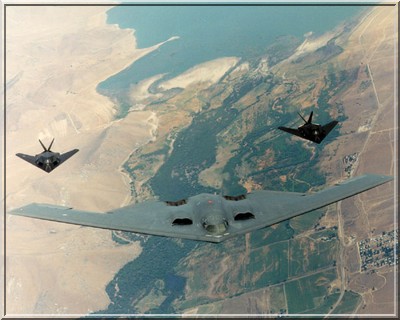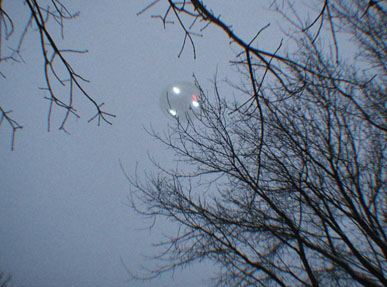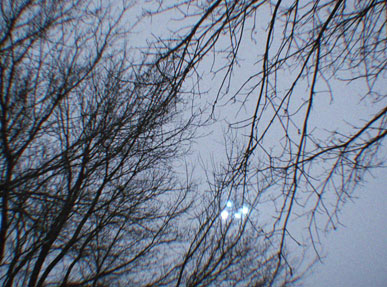|
Open to Discussion and Contributions Posted by brotherthebig, on April 4, 2007 at 00:01
GMT
[post #5/5] Based on the references so far, and the e-books from Venik's e-library I tried to give an overview of the overall subject, and to my knowledge what I have stated is correct (references are given, some with opposite point of views), but because the subject is vast, all the major references I have are here, so in the speculative subjects anyone could analyze and decide by himself. I would appreciate a note if you find any mistakes or link errors I may have made. From the reports of the 50´s until today we have more than 40 years and the technology has evolved astonishing (in the various fields of science), so we could suspect that something more powerful, faster, with new technologies could be done by us humans, and maybe the present is nothing more than the science fiction of the past. Perhaps we already have saucers or aircrafts of other types with antigravity and some kind of invisibility superior to the stealth of F-117 and B2 (See Plasma Stealth Technology) and the first time we will see these aircrafts we may call them “UFOs” .
Editors Note: This image is a fake and has been debunked in this ATS Thread by Intelgurl Any more sources of information so we could better
check, and verify, the diverse subjects?
Thank you. :) brotherthebig. |
||||
| Added by Pegasus
U.S.
Air Force's Nuclear Flying Saucer - Popular Mechanics Article
The official designation for America's nuclear flying saucer was the Lenticular Reentry Vehicle (LRV). It was designed by engineers at the Los Angeles Division of North American Aviation, under a contract with the U.S. Air Force. The project was managed out of Wright-Patterson Air Force Base, in Dayton, Ohio, where German engineers who had worked on rocket plane and flying disc technology had been resettled. The LRV escaped public scrutiny because it was hidden
away as one of the Pentagon's so-called "black budget" items—that is, a
secret project that is incorporated into some piece of nonclassified work.
On Dec. 12, 1962, security officers at Wright-Patterson classified the
LRV as secret because: "It describes an offensive weapon system." The project
remained classified until May 1999, when a congressionally mandated review
of old documents changed the project's status as a government secret, downgrading
it to public information. The Department of Defense did, however, successfully
seek to have the document's distribution restricted to defense contractors.
PM obtained its copy as the result of a Freedom of Information Act request.
Possible sighting of an LRV or other Disc Shaped Craft Date: February 1, 2003 Dusk
|
||||
| Posted by brotherthebig, at ATS on April 17, 2007
at 16:33 GMT (ID:3123328)
Hi, The LRV
has a connection to the Germany’s
(WWII) Saucers and advanced planes and earlier nuclear propulsion tests
– Pluto.
USAF image of the "Tory-IIC" nuclear ramjet engine, prior to testing on Jackass Flats, at the Nevada Proving Ground. For a sense of scale, note the two men in white contamination suits standing atop the intake manifold. Project Pluto: On January 1, 1957, the U.S.
Air Force and the U.S. Atomic Energy Commission selected the Lawrence Livermore
National Laboratory's (LLNL) predecessor, the Lawrence Radiation Laboratory,
to study the feasibility of applying heat from nuclear reactors to ramjet
engines.
This research became known as "Project Pluto" and was moved from Livermore, California to new facilities constructed for $1.2 million on eight square miles (21 km²) of Jackass Flats at the Nevada Test Site (NTS), known as Site 401. The complex consisted of six miles (10 km) of roads, critical assembly building, control building, assembly and shop buildings, and utilities. Also required for the construction was 25 miles (40 km) of oil well casing which was necessary to store the million pounds (450 t) of pressurized air used to simulate ramjet flight conditions for Pluto. The work was directed by Dr. Ted Merkle, leader of the laboratory's R-Division. Source and Rest of Article: Wikipedia Some more threads about the LRV and associated:
brotherthebig. |
||||
|
|







